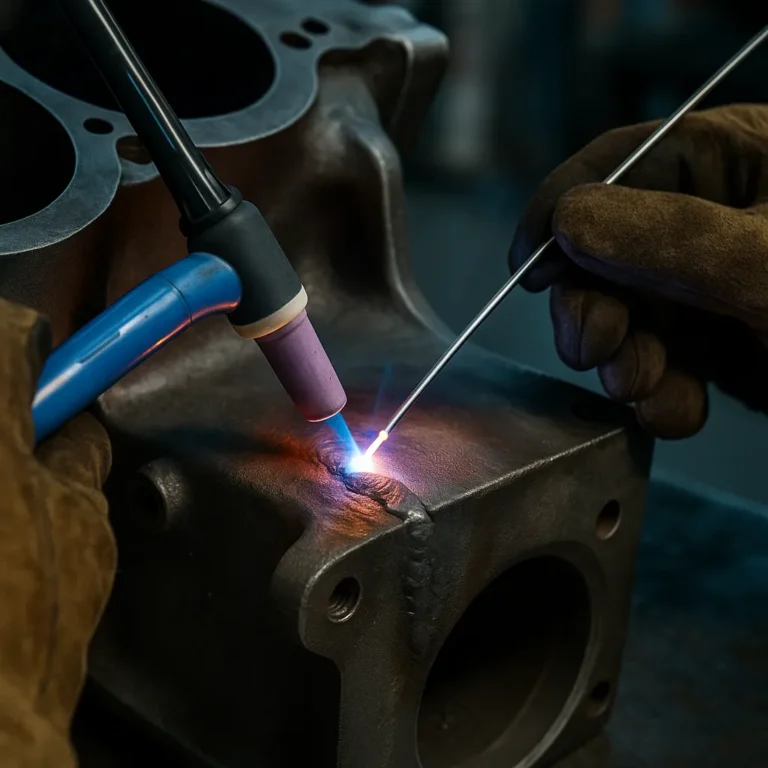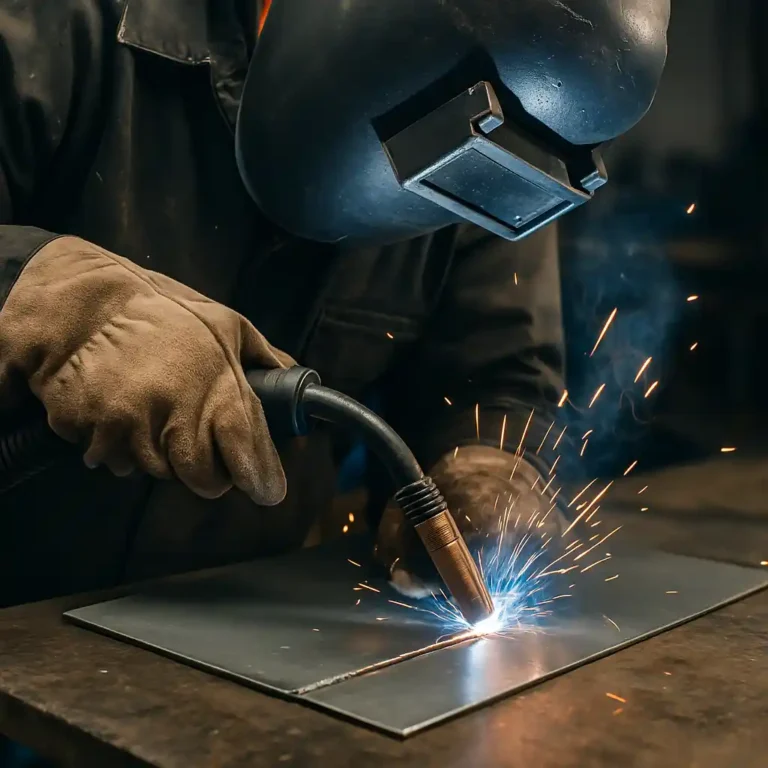Mastering Gas Welding Aluminum with Oxy Acetylene the Right Way

Disclosure: This post contains affiliate links. As an Amazon Associate, I earn from qualifying purchases—at no extra cost to you.
Welding aluminum is a unique challenge, especially when using oxy-acetylene equipment. While most professionals opt for MIG or TIG for aluminum, gas welding with oxy-acetylene remains a valuable skill for specific repair work and field jobs. The process requires patience, the right technique, and a solid understanding of aluminum’s properties. With the correct filler rod, flux, and flame control, gas welding aluminum becomes an effective solution in situations where electric welding isn’t practical.
Why Weld Aluminum with Oxy Acetylene?
Gas welding aluminum is ideal for remote locations, off-grid repairs, and jobs requiring minimal equipment. Oxy-acetylene gear is portable and doesn’t require power sources or heavy transformers. For small-scale repairs on aluminum sheets, tanks, and tubing, gas welding remains effective. However, it comes with challenges—aluminum’s low melting point, high thermal conductivity, and oxide layer make it tricky to weld without burning through or contaminating the joint.
Preparing for Gas Welding Aluminum
Proper preparation is critical when working with aluminum. Begin by cleaning the metal surface thoroughly to remove oil, dirt, and oxide. Use a stainless-steel wire brush designated for aluminum. Apply aluminum-specific flux to prevent the oxide layer from reforming and to improve the weld pool flow. Choose a filler rod compatible with the base metal and suited for oxy-acetylene welding. Common options include rods with silicon or magnesium content.
Setting Up the Oxy Acetylene Torch
The torch setup is crucial for success. Use a soft, neutral flame—too much oxygen creates oxidation, while excess acetylene can leave carbon in the weld. Set the torch to a neutral flame by adjusting the valves until the inner cone is clearly defined and the outer envelope is soft and quiet. Maintain a steady distance to prevent overheating the base material. Avoid the temptation to rush—aluminum absorbs heat quickly but melts suddenly.
The Welding Technique
Start by gently preheating the joint with a circular motion, allowing heat to distribute evenly. Once the base metal reaches welding temperature, the flux will bubble and become clear, indicating it’s time to introduce the filler rod. Dip the rod into the molten pool with a light touch and continue adding filler as needed. Keep the flame moving to control the heat and prevent the joint from collapsing. Consistency is key. Avoid overworking the weld, as aluminum becomes weak with excessive heat input.
Common Mistakes to Avoid
Many beginners struggle with overheating or skipping surface prep. Never skip the flux, as aluminum oxide melts at a much higher temperature than aluminum itself. Be cautious with the torch angle and filler rod placement to maintain a clean weld. Poor heat control and dirty surfaces are two major reasons for porosity and cracking in aluminum gas welds.
Conclusion
Gas welding aluminum with oxy-acetylene is a traditional but effective method when done right. While not as common as TIG or MIG, this technique still plays a role in field welding, artistic work, and repairs. Mastering this skill requires patience, practice, and close attention to detail. With the right setup and method, you can create strong, clean aluminum welds using only a torch, flux, and filler rod.






